John Wick: Chapter 4
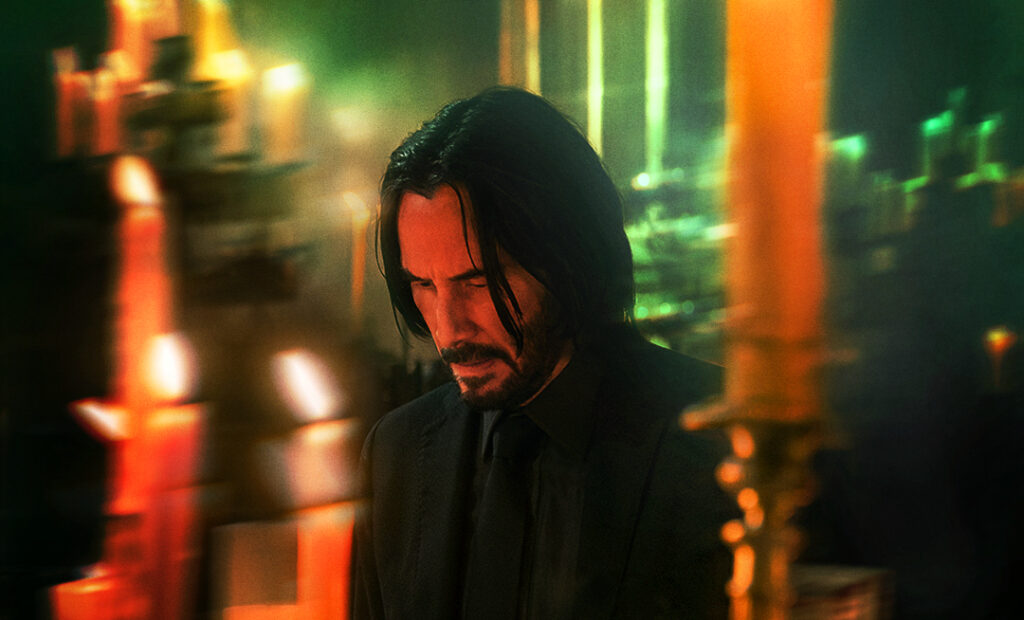
Since the character’s 2014 debut, the John Wick saga has proved to be a riotously satisfying festival of gracefully choreographed and prudentially shot violence. Blending the balletic gunplay of 1980s Hong Kong action thrillers with the intricate, almost mythological world-building of fantasy epics, director Chad Stahelski and the magnetically enigmatic Keanu Reeves (and an uncredited David Leitch, who co-directed the franchise’s first instalment) have almost single-handedly reinvigorated a cinematic genre on creative life support with its elegant long shots and restrained steadicam, just as The Bourne Identity gave it a shot in the arm with its contrasting, yet equally effective, grit and kineticism a decade earlier.
And so, after delays and setbacks (owing to the pandemic and the avoidance of a frightening box office competition with Top Gun: Maverick) the economically titled John Wick: Chapter 4, the best so far in a series with an uncertain future, hits the public imagination like a velvet-gloved smack in the face. Prolonging the tradition of the John Wick films each gaining around 20 to 30 minutes of runtime on their respective predecessors, Chapter 4 is simultaneously the longest and the most lean, the most cultivated and the most ecstatically charged, the most stylish and the most disarmingly melancholic, of all. In this sense, Chapter 4 is a glorious exercise in cinematic contradictions. Its body count is by far the highest of any Wick film, yet it somehow feels like the most controlled, disciplined and spacious entry. It is a qualitatively illuminating observation that, for an almost three-hour film that consists almost exclusively of grandiloquent set pieces placed one after the other like dominoes, the bombast never grates on your patience or nulls your enthusiasm for it. It remains exhilarating due to Stahelski’s commitment to orientation, always making sure the action is anchored to a tangible place and time. A sprawling, minutes-long, bird’s-eye tracking shot of Wick dexterously fending off his hunters is perhaps the purest manifestation of Stahelski’s approach to epic cinematic violence in the franchise to date, while the streets of Paris are given their moment in the neon-streaked sun.
The characteristic comic-book efficiency of the Wick films has lost none of its trim impact as a result of creator Derek Kolstad’s departure from the writing table, with Shay Hatten and Michael Finch’s screenplay as moody as Wick’s enigma needs it to be and as playful as it will allow. Not only does it provide the platform for Reeves’ never ageing screen physicality (joining the ranks of Cruise and Pitt in the “approaching 60 but still got it” action stakes of recent months) but it gets its fingernails under the admittedly elementary but essential emotional quandary of Wick’s character: what is he without his violent impulses? Will he perpetually be dragged back into conflict with the High Table regardless? And, as he is asked on more than one occasion, where will the bloodshed end? They are questions brought to a head during a concluding final act imbued with more melancholic heart than its finely tuned brew of straight and whimsical brutality should rightly allow, perhaps accentuated by the ever-towering screen presence of the late Lance Reddick, a familiar presence in the franchise’s rock solid supporting cast.
With spinoffs on the horizon, the Wick timeline seems to be approaching its finishing line. Whether its fourth chapter is its final chapter remains to be seen, but John Wick: Chapter 4 represents an epic peacock feather in its already illustrious cap.
Matthew McMillan
John Wick: Chapter 4 is released nationwide on 24th March 2023. Watch our interviews on the red carpet here.
Watch the trailer for John Wick: Chapter 4 here:


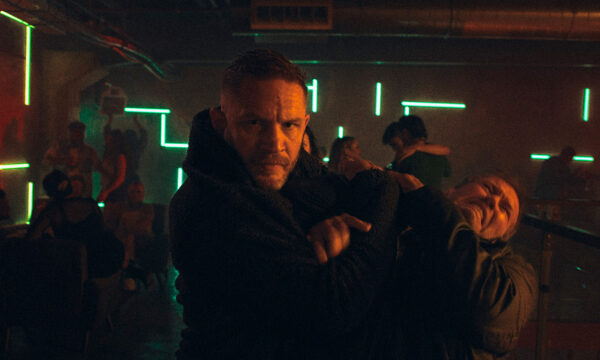
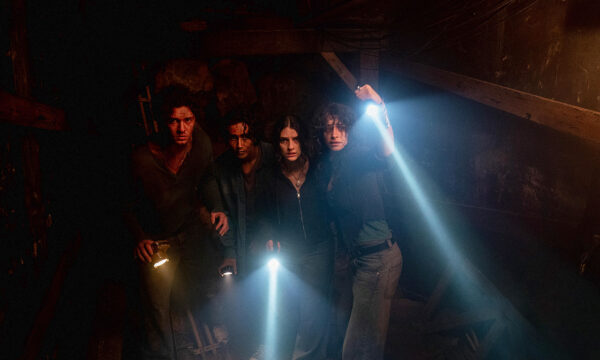
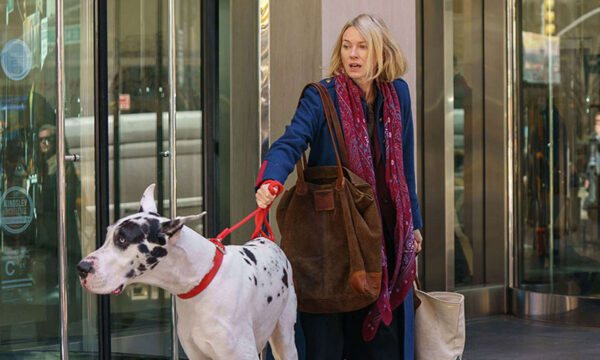

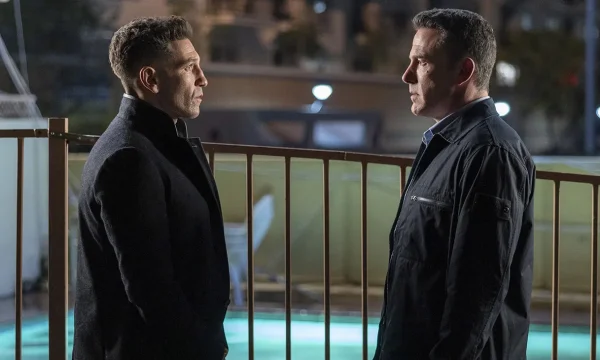
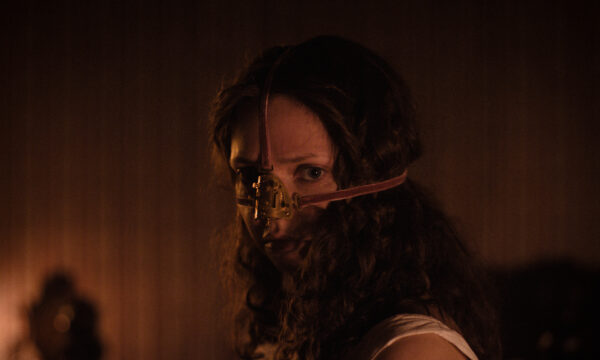
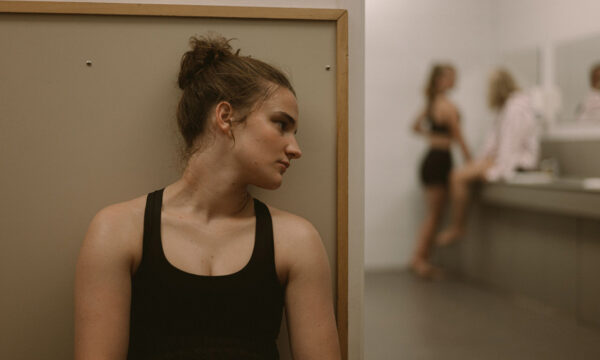

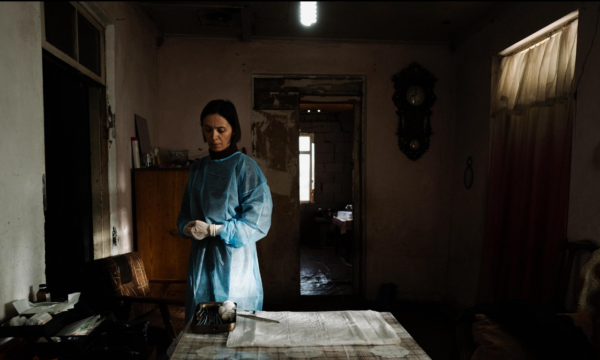













Facebook
Twitter
Instagram
YouTube
RSS